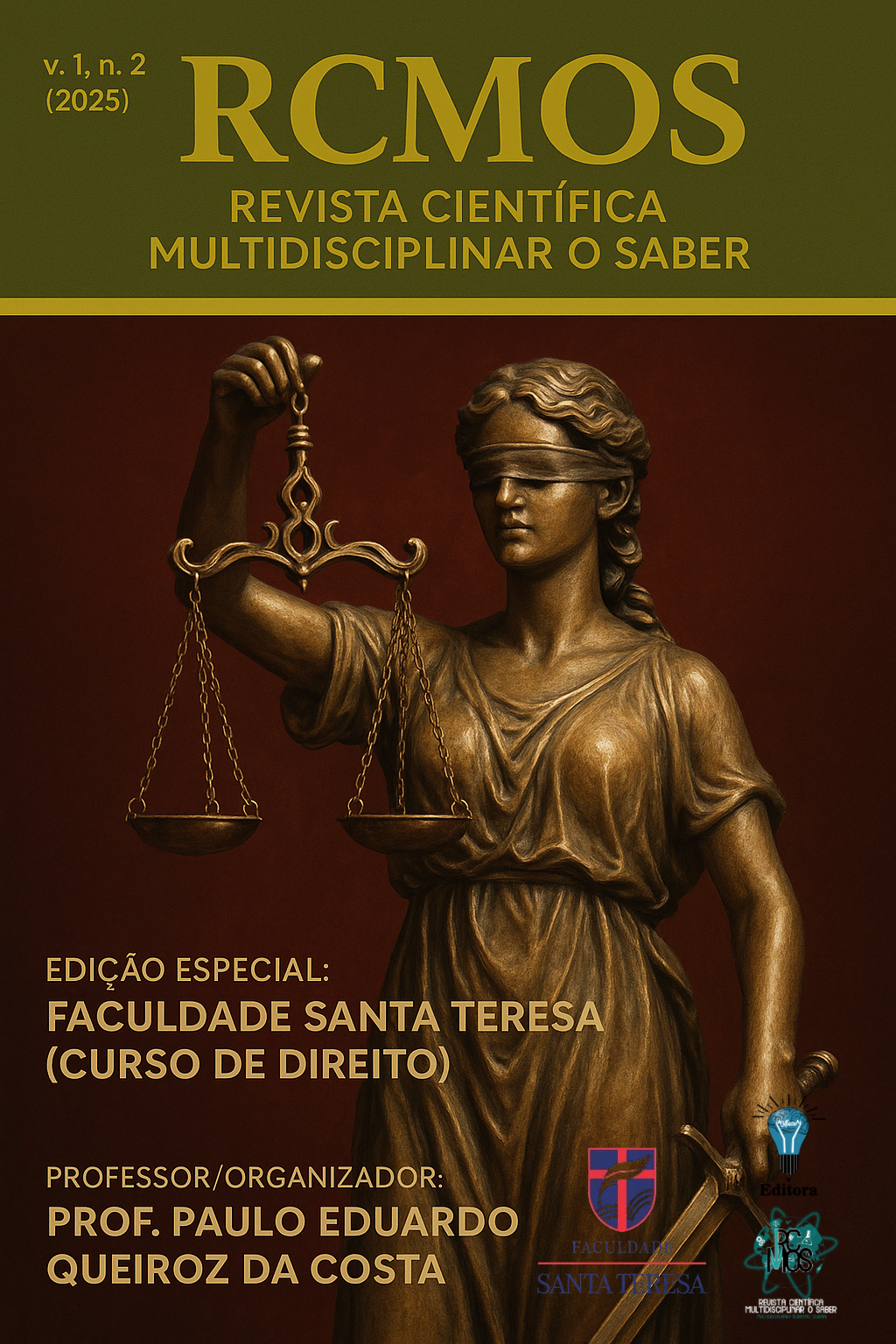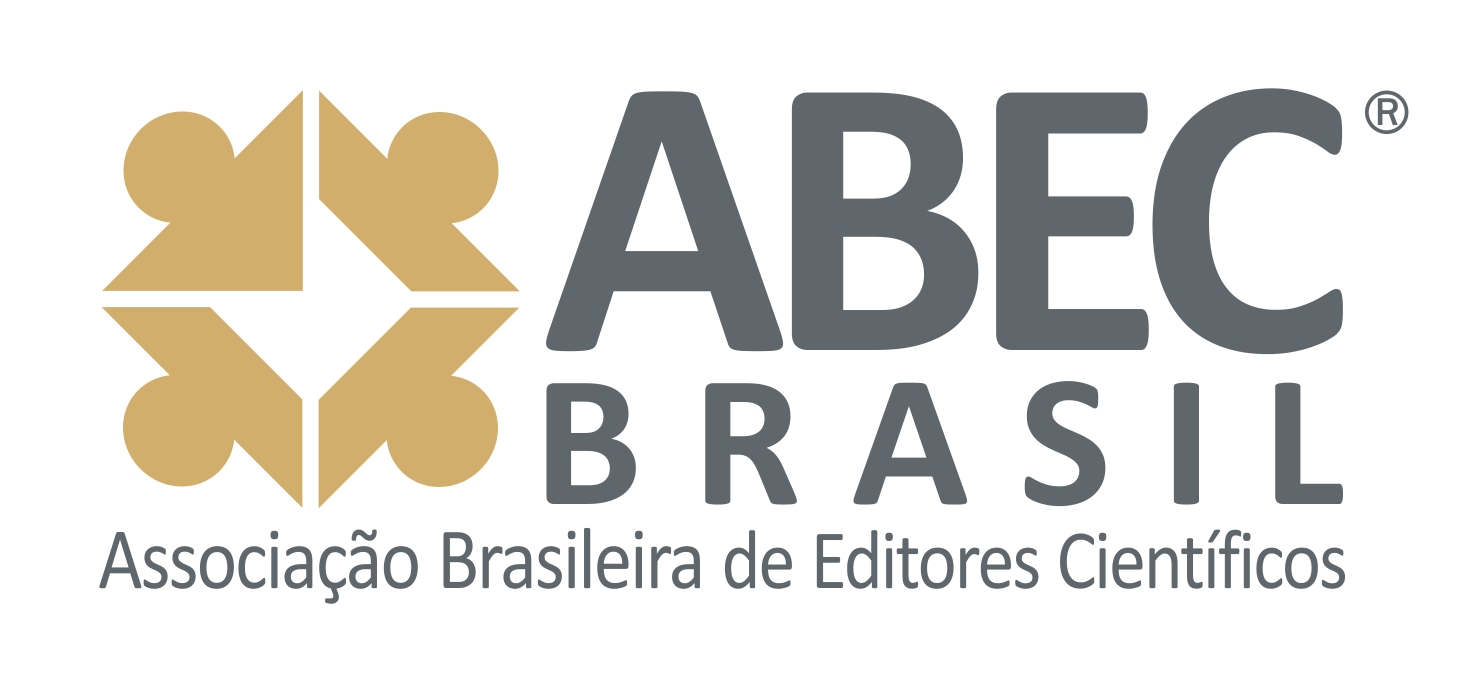Noise Pollution: Human Rights and Conflict Resolution
Noise Pollution: Human Rights and Conflict Resolution
DOI:
https://doi.org/10.51473/rcmos.v1i2.2025.1426Keywords:
Environment. Noise Pollution. Neighborhood Rights. Individuals.Abstract
The present scientific study addresses noise pollution, mainly focused on its occurrence among neighbors; how this practice occurs, the problems that arise around it, the norms and laws that deal with this issue, the police power (for any appropriate measures at the time of practice), the solutions and conclusions regarding this issue. The key point of this research is how people tend to extrapolate within their 'rights' and start infringing the rights of others, consequently causing them the most diverse damages, and still infringing laws. The basis of this analysis was purely bibliographical, having as main objective the search for understanding this issue, and by listing the authors, extracting from them the best solution for a good relationship, ending or reducing this practice within a neighborhood. Additionally, the study includes an international comparative analysis, presenting how the European Union, the United States, and Japan address noise pollution and which measures could inspire improvements in Brazil. Therefore, based on theoretical references, on situations already observed within society, and on international comparisons, noise pollution rates have been increasing; the good relationship being compromised; intolerance causes direct conflicts, often leading to drastic attitudes. The key part of this study is to demonstrate the current laws, but always focus on the best way, which will be dialogue and understanding.
Downloads
References
BRASIL. Constituição (1988). Constituição da República Federativa do Brasil. Brasília, DF: Senado Federal: Centro Gráfico, 1988.
BRASILEIRO, Veronica Maria Miranda. Poluição sonora. Consultoria Legislativa da Câmara dos Deputados, 2012. Disponível em: https://www.terrabrasilis.org.br/ecotecadigital/images/poluicao%20sonora.pdf
.
BRESSANE, Adriano. Poluição sonora: síntese de princípios fundamentais da teoria acústica. Holos Environment, v. 10, 2010. Disponível em: https://www.cea-unesp.org.br/holos/article/view/4728/3757 DOI: https://doi.org/10.14295/holos.v10i2.4728
.
DREOSSI, Raquel Cecília. O ruído e sua interferência sobre estudantes em uma sala de aula: revisão de literatura. Revista de Atualização Científica, v. 17, 2005. Disponível em: https://www.scielo.br/j/pfono/a/7yXJSScQJzXjwjn79PPd3Fm/?format=pdf&lang=pt DOI: https://doi.org/10.1590/S0104-56872005000200014
.
GERGES, S. Efeito do ruído e vibrações no homem. In: ______. Ruído e vibrações industriais: fundamentos e controles. Florianópolis: Samir, 1991.
LAKATOS, Eva Maria; MARCONI, Marina de Andrade. Fundamentos de metodologia científica. 5. ed. São Paulo: Atlas, 2003.
GROUP SOFTWARE. Lei do Silêncio: mitos e verdades sobre o assunto. Group Software, 2021. Disponível em: https://www.groupsoftware.com.br/blog/lei-do-silencio/
.
MINAYO, Maria Cecília de Souza (org.). Pesquisa social: teoria, método e criatividade. 18. ed. Petrópolis: Vozes, 2001.
REALE, Miguel. Lições preliminares de direito. 27. ed. São Paulo: Saraiva, 2002.
UNIÃO EUROPEIA. Diretiva 2002/49/CE do Parlamento Europeu e do Conselho, de 25 de junho de 2002. Jornal Oficial das Comunidades Europeias, 2002. Disponível em: https://eur-lex.europa.eu/LexUriServ/LexUriServ.do?uri=OJ:L:2002:189:0012:0025:PT:PDF
.
Downloads
Published
Issue
Section
Categories
License
Copyright (c) 2025 Thayná Oliveira Lima, Rayza Rolo Rodrigues, Paulo Queiroz (Autor)

This work is licensed under a Creative Commons Attribution 4.0 International License.












